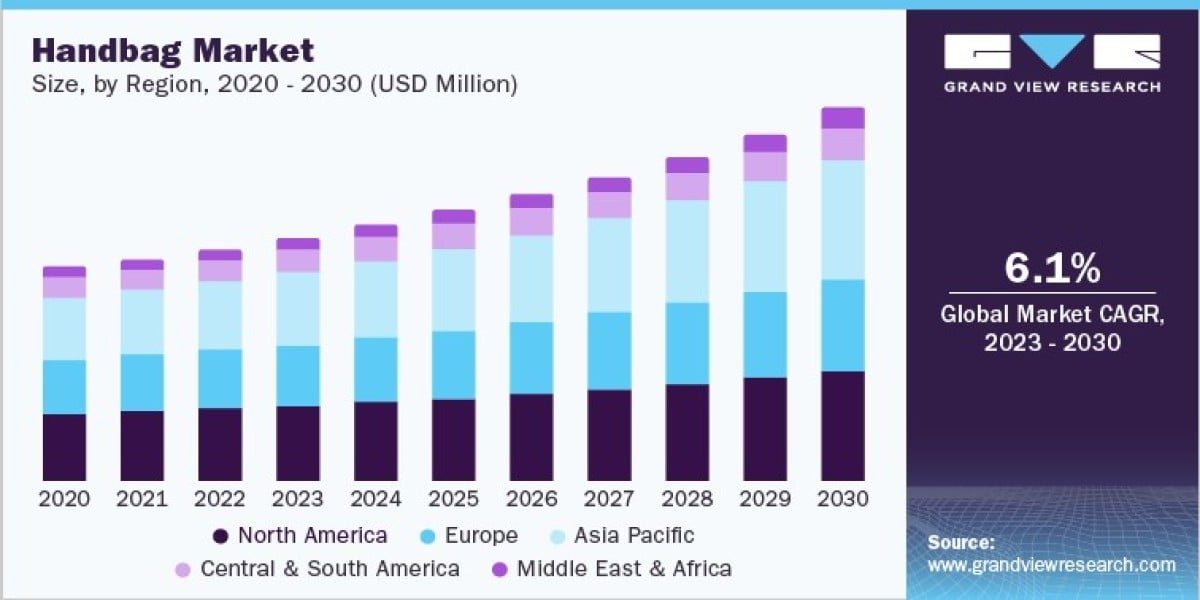Key Components of E-commerce Enablement:
Digital Presence: Establishing a robust online presence is the first step in e-commerce enablement. This involves creating a user-friendly website or online store that showcases products or services, making them accessible to a global audience.
Payment Gateways: E-commerce enablement includes integrating secure and convenient payment gateways. This allows customers to make online transactions safely, using various payment methods such as credit cards, digital wallets, or other electronic payment options.
Inventory Management: Efficient management of inventory is crucial for successful e-commerce. E-commerce enablement involves implementing systems that help businesses track and manage their product inventory in real-time, preventing stockouts or overstock situations.
Order Processing: Streamlining the order processing system is a key aspect of e-commerce enablement. This includes automating order fulfillment, tracking shipments, and providing customers with real-time updates on the status of their orders.
Security Measures: Security is paramount in e-commerce. E-commerce enablement focuses on implementing robust security measures such as SSL certificates, encryption, and secure payment gateways to protect customer information and financial transactions.
Mobile Responsiveness: With the increasing use of smartphones, e-commerce enablement involves ensuring that online stores are mobile-friendly. This enables customers to browse, shop, and complete transactions seamlessly on various devices.
Customer Support: Providing excellent customer support is integral to e-commerce success. E-commerce enablement includes implementing tools like live chat, email support, and helplines to address customer inquiries, concerns, and provide assistance.
Marketing and Analytics: E-commerce enablement extends to implementing marketing strategies and analytics tools. This includes search engine optimization (SEO), social media marketing, and analytics platforms to track website performance and customer behavior.
Benefits of E-commerce Enablement:
Global Reach: E-commerce enablement allows businesses to reach a global audience, breaking geographical barriers and expanding market reach.
Increased Efficiency: Automation and streamlined processes enhance operational efficiency in managing inventory, processing orders, and handling customer interactions.
24/7 Accessibility: Online stores enabled with e-commerce capabilities remain accessible 24/7, providing customers with the flexibility to shop at any time, increasing sales opportunities.
Data-Driven Decision Making: Analytics tools integrated into e-commerce enablement help businesses gather valuable insights into customer behavior, enabling informed decision-making.
Cost Savings: E-commerce enablement often reduces the need for extensive physical infrastructure, leading to cost savings in terms of rent, utilities, and other operational expenses.
In essence, e-commerce enablement empowers businesses to harness the potential of the digital landscape, creating a seamless and efficient online shopping experience for both businesses and consumers with curlware.



